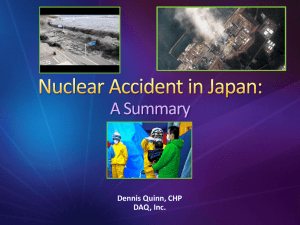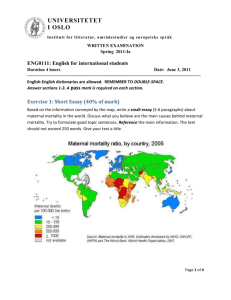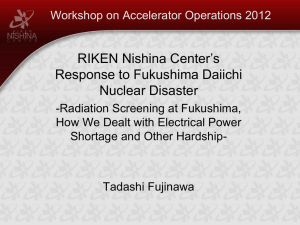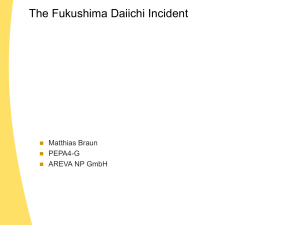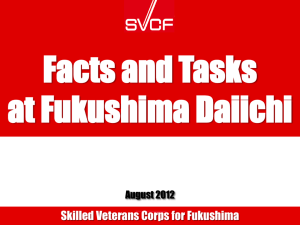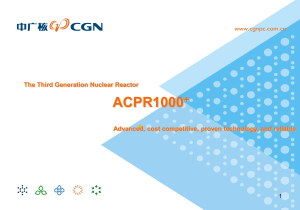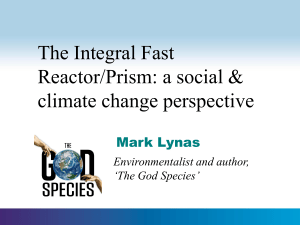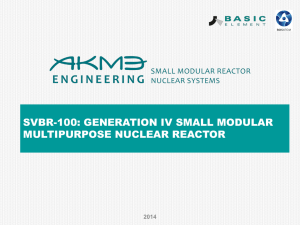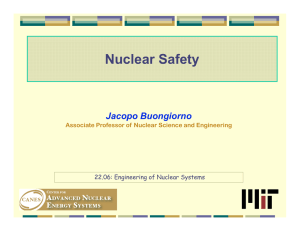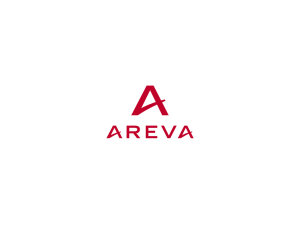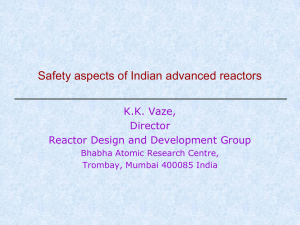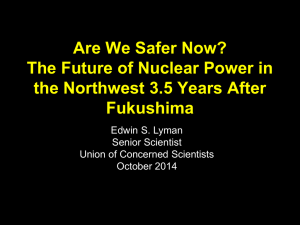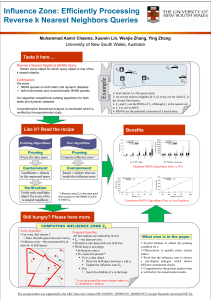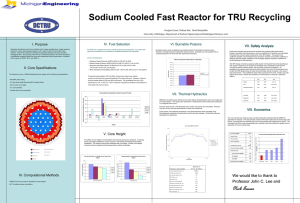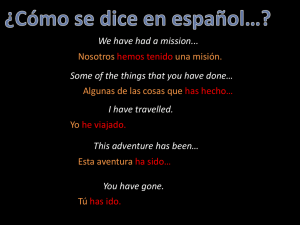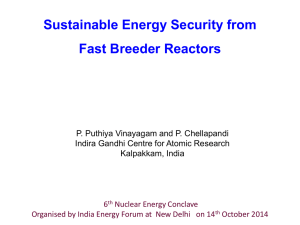The Fukushima Nuclear Accident
advertisement
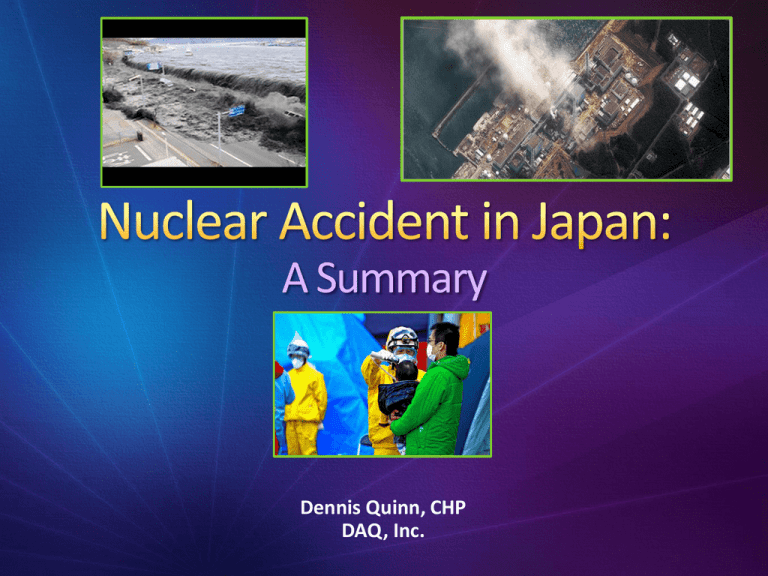
A Summary Dennis Quinn, CHP DAQ, Inc. en.wikipedia.org/wiki/Browns_Ferry_Nuclear_Power_Plant ~96 rods per assembly ~400-800 assemblies per Rx 1. The nuclear fuel contains almost all of the radioactivity (>99%). 2. The nuclear fuel continues to generate heat after the reactor is shut down. a. 19 MW after 1 day b. 12 MW after 1 week c. 7 MW after 3 months 3. The fuel must be cooled, or there is a risk of fuel damage and release of radioactivity. Fuel Temperature (oF) Activity Available for Release (Curies) Stainless Steel Melts Reactor Service Floor (Steel Construction) Spent Fuel Pool Concrete Reactor Building (secondary Containment) Fresh Steam line Main Feedwater Reactor Core Reactor Pressure Vessel Containment (Dry well) Containment (Wet Well) / Condensation Chamber From Areva Presentation The Fukushima Daiichi Incident – Dr. Matthias Braun • Earthquake causes loss of offsite power. •Emergency Diesel Generators supply power •Tsunami disables EDGs •Steam dumps to wet well • Water level in reactor decreases • Fuel heats up • Cladding is damaged and releases noble gases and volatile isotopes (cesium and iodine) > 99.9% of radioactivity is in the fuel From Areva Presentation The Fukushima Daiichi Incident – Dr. Matthias Braun • Large volume in wet well eventually heats to boiling and no more pressure suppression • Pressure increases •Hydrogen created by high temperature reaction of cladding & steam • Operators decide to vent primary containment gas to secondary containment • Gas has fission products and hydrogen From Areva Presentation The Fukushima Daiichi Incident – Dr. Matthias Braun From Areva Presentation The Fukushima Daiichi Incident – Dr. Matthias Braun Background is 0.005 – 0.01 mR/hr Fukushima Daiichi Main Gate dose rates dependent on wind direction & events: 3/14: 50 mR/hr 3/15: 300 mR/hr due to venting from Unit 2 3/15: 1200 mR/hr due to explosion & fire on Unit 4 3/16: 850 mR/hr explosion on Unit 2 3/17: 1100 mR/hr – releases from Units 2 and 3 of plant U.S. 7th Fleet ship contaminated helicopter crew. US news crews returning after 2 wks have contaminated equipment. Date, Time Evacuate Shelter March 11, 15:42 - Loss of power in Nuclear Power Plants March 11, 21:23 3 km March 12, 05:44 10 km March 12, 18:25 20 km March 15, 11:06 20 km 10 km 30 km March 21 – First food restrictions: spinach, kakina, & milk April 22 – Selected areas 20-30 km termed Planned Evacuation Zones if estimated dose > 20 mSv (2 rem) I-131, Cs-134, Cs-137 Milk Produce (leafy vegetables, spinach, etc.) Drinking water (peak at 3x limit @ 30 km, now below limits). Seawater, fish products Initially prevented sale of food & seafood within 30 km radius Recent identification of beef with Cesium contamination. Type of Sample Percent above Percent above Action Action Level for I- Level for Cs-134 and 131 Cs-137 Meat and Eggs 0% 0% Milk 4% 0.2% Produce 2% 5% Seafood 0.4% 7% Tea Products 0% 14% Total 2% 5% Data from April - July 2011. After this synopsis of data on the WHO website, some samples of beef were found above the 500 Bq/kg limit for meat. Nuclide I-131 Water, Milk 300* Vegetables 2,000 Meat, Fish 2,000 IAEA for all food 3,000 Cs-134 200 500 500 1,000 Cs-137 200 500 500 2,000 *Infant water and milk limit is 100 Bq/kg IAEA Limits based on 1 rem per year to most restrictive individual (generally infant) if consuming food for 1 year at the limit Resin Spraying for Soil Control Rx 2 – Leak to the Sea Chernobyl Level 7 Fukushima Daiichi Level 7 TMI Level 5 As a nuclear or industrial accident, it was major – resulted in evacuation, loss of a major electricity source, and uncertainty in the public for months. It was not a major health catastrophe, and it is not likely that there will be significant health effects. Why? – The emergency plan actually worked. Despite the initial confusion, people were evacuated, controls were placed on food, etc.
